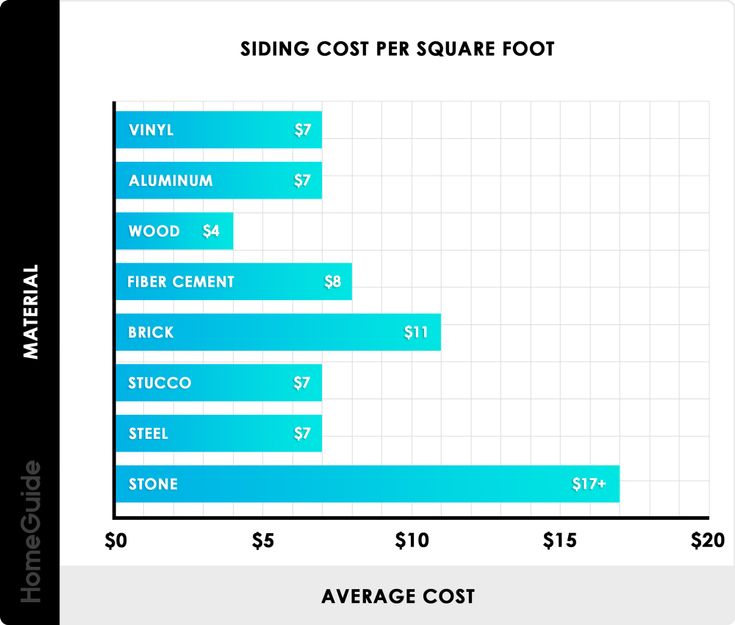Insulated siding cost per square foot varies significantly depending on several key factors. Understanding these factors is crucial for budgeting your home improvement project effectively. From the type of siding material chosen – be it durable vinyl, elegant fiber cement, or modern metal – to the thickness and type of insulation used, every element plays a role in the final cost. Regional labor rates also contribute significantly, alongside additional expenses such as permits, demolition, and waste removal. This comprehensive guide will navigate you through these complexities, empowering you to make informed decisions.
We will explore average cost ranges for different siding materials and project sizes, comparing the financial implications of DIY versus professional installation. Furthermore, we’ll delve into the longevity, energy efficiency, and aesthetic qualities of various insulated siding options, helping you weigh the pros and cons to select the best fit for your home and budget. Finally, we’ll offer advice on finding and selecting a reputable contractor to ensure a smooth and successful installation.
Factors Affecting Insulated Siding Cost
The cost of insulated siding is influenced by a variety of factors, making it crucial to understand these variables before embarking on a home improvement project. Accurate cost estimation requires considering material choices, regional labor rates, and additional expenses beyond the siding itself. This information will help you make informed decisions and budget effectively.
Siding Material and Price
Different siding materials significantly impact the cost per square foot. Vinyl siding, a popular choice due to its affordability and low maintenance, generally ranges from the lowest cost. Fiber cement siding offers superior durability and fire resistance but commands a higher price point. Metal siding, such as aluminum or steel, provides exceptional longevity and weather protection, often representing the most expensive option. These price differences reflect variations in material manufacturing, installation complexity, and longevity.
Insulation Type and Thickness
The type and thickness of insulation integrated within the siding system directly affect the overall cost. Thicker insulation layers, while increasing upfront expenses, lead to greater energy efficiency and long-term savings. The insulation material itself also plays a role; options like rigid foam insulation tend to be more expensive than less dense alternatives. The added cost of higher R-value insulation is typically offset by reduced energy bills over the siding’s lifespan.
Regional Labor Costs
Labor costs for siding installation vary significantly across different geographic locations. Regions with higher costs of living and greater demand for skilled labor will generally reflect higher installation fees. Factors such as the local prevalence of qualified installers and the complexity of the project (e.g., intricate designs, difficult terrain) also contribute to labor costs. For example, urban areas often have higher labor rates than rural areas.
Additional Costs
Beyond the cost of materials and labor, several additional expenses should be factored into the total budget. These include obtaining necessary permits, which vary by location and project scope. Demolition of existing siding, if required, adds to the overall cost, as does the proper disposal of construction waste, adhering to local environmental regulations. Unexpected issues discovered during installation, such as rotted sheathing, can also lead to unforeseen expenses.
Cost Comparison Table
| Siding Material | Region | Cost per sq ft | Notes |
|---|---|---|---|
| Vinyl | Midwest (US) | $4 – $8 | Includes basic installation |
| Fiber Cement | Northeast (US) | $10 – $15 | Higher labor costs in this region |
| Metal | West Coast (US) | $15 – $25 | Premium material and potential higher installation complexity |
| Vinyl | South (US) | $3 – $7 | Lower labor costs compared to other regions |
| Fiber Cement | Midwest (US) | $8 – $12 | Moderate labor costs |
| Metal | Southeast (US) | $12 – $20 | Potentially lower material costs but higher labor in some areas |
Average Cost Ranges for Insulated Siding
Understanding the cost of insulated siding is crucial for budgeting your home improvement project. Several factors influence the final price, including the type of siding chosen, the size of the project, and whether you opt for DIY installation or hire professionals. This section provides a clearer picture of typical cost ranges to help you plan effectively.
Insulated siding offers a blend of aesthetic appeal and energy efficiency, making it a popular choice for homeowners. However, the cost varies significantly depending on the material selected. Generally, fiber cement and vinyl are more affordable options compared to engineered wood or metal. Professional installation adds a substantial cost compared to DIY, but it often guarantees a higher-quality, longer-lasting result. This section will explore these cost variations in detail.
Cost Ranges per Square Foot for Various Materials
The cost of insulated siding installation varies greatly depending on the material selected. The following provides a general overview of typical price ranges, remembering that these are estimates and can fluctuate based on location, labor costs, and material availability.
- Vinyl Siding: $3 – $8 per square foot (including installation). Vinyl is often the most budget-friendly option, offering a good balance of cost and durability.
- Fiber Cement Siding: $7 – $15 per square foot (including installation). Fiber cement offers superior durability and fire resistance compared to vinyl, but comes at a higher cost.
- Engineered Wood Siding: $10 – $25 per square foot (including installation). Engineered wood siding provides a natural look and feel, but is generally more expensive and requires more maintenance.
- Metal Siding: $12 – $20+ per square foot (including installation). Metal siding is highly durable and low-maintenance, but it’s usually one of the most expensive options.
DIY vs. Professional Installation
Choosing between DIY and professional installation significantly impacts the overall cost. While DIY can save on labor costs, it requires time, skill, and the right tools. Improper installation can lead to costly repairs down the line, negating any initial savings. Professional installers possess the expertise and experience to ensure a proper, long-lasting installation.
- DIY Installation: Reduces labor costs significantly, but requires time, skill, and the purchase of tools. Potential for errors and costly rework increases the risk.
- Professional Installation: Higher upfront cost due to labor charges, but ensures a higher-quality installation, minimizing the risk of future problems and potentially increasing the home’s value.
Cost Ranges for Different Project Sizes
The total cost of your insulated siding project depends heavily on the size of the area being covered. A small project will naturally cost less than a large one.
| Project Size | Siding Material | Cost Range per sq ft | Notes |
|---|---|---|---|
| Small (e.g., 200 sq ft) | Vinyl | $3 – $8 | Suitable for smaller projects like accent walls or shed siding. |
| Medium (e.g., 1000 sq ft) | Fiber Cement | $7 – $15 | Common for a single-story house side. |
| Large (e.g., 2500 sq ft) | Metal | $12 – $20+ | Suitable for larger homes or commercial buildings. Costs may increase due to material bulk discounts. |
| Small (e.g., 200 sq ft) | Engineered Wood | $10 – $25 | Suitable for smaller projects but may be cost-prohibitive for larger areas. |
Calculating Total Project Cost
To calculate the total cost of your project, you need the square footage of the area to be sided and the cost per square foot of your chosen material and installation method. The calculation is straightforward:
Total Cost = Square Footage × Cost per Square Foot
For example, if you need to side 1000 square feet with fiber cement siding at an average cost of $11 per square foot, the total cost would be: 1000 sq ft × $11/sq ft = $11,000. Remember that this is an estimate, and additional factors like permits, demolition, and waste disposal could increase the final cost.
Ending Remarks
Ultimately, determining the insulated siding cost per square foot for your specific project requires careful consideration of material selection, regional labor costs, and project scope. By understanding the factors influencing the price and diligently comparing quotes from qualified contractors, you can confidently embark on your home improvement journey. Remember, investing in high-quality insulated siding offers long-term benefits in energy efficiency and curb appeal, making it a worthwhile investment for your home.

